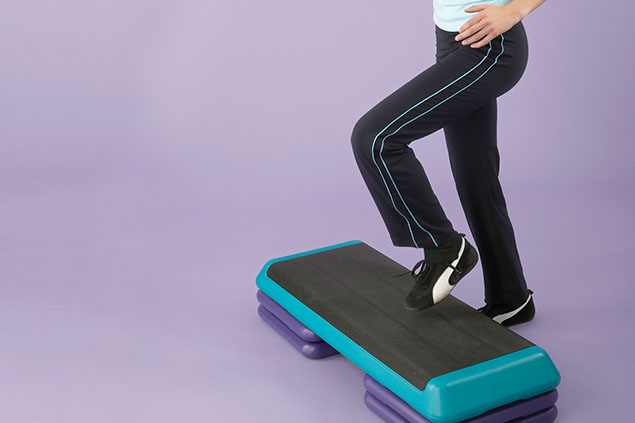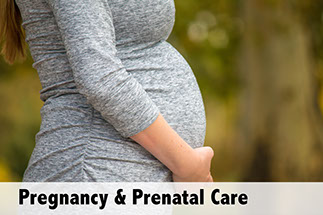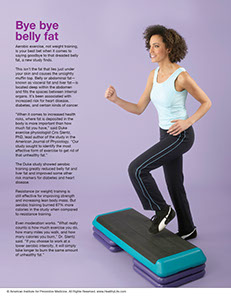SYMPTOM CHECKER
CONDITIONS
Male
Female
Child
Arm, Hand & Shoulder Concerns
Legs & Feet Concerns
Dental & Mouth Concerns
Ear & Nose
Eye Conditions
Head Conditions
Arm, Hand & Shoulder Concerns
Legs & Feet Concerns
Front
Back
Arm, Hand & Shoulder Concerns
Dental & Mouth Concerns
Ear & Nose
Eye Conditions
Head Conditions
Arm, Hand & Shoulder Concerns
Dental & Mouth Concerns
Ear & Nose
Eye Conditions
Head Conditions
Front
Back
Arm, Hand & Shoulder Concerns
Neck Links
Head & Neck Concerns
Arm, Hand & Shoulder Concerns
Neck Links
Head & Neck Concerns
Front
Back
Online Clinic
Wise Healthcare
Bye bye belly fat

Print on Demand
Aerobic exercise, not weight training, is your best bet when it comes to saying goodbye to that dreaded belly fat, a new study finds.
This isn’t the fat that lies just under your skin and causes the unsightly muffin top. Belly or abdominal fat—known as visceral fat and liver fat—is located deep within the abdomen and fills the spaces between internal organs. It’s been associated with increased risk for heart disease, diabetes, and certain kinds of cancer.
“When it comes to increased health risks, where fat is deposited in the body is more important than how much fat you have,” said Duke exercise physiologist Cris Slentz, PhD, lead author of the study in the American Journal of Physiology. “Our study sought to identify the most effective form of exercise to get rid of that unhealthy fat.”
The Duke study showed aerobic training greatly reduced belly fat and liver fat and improved some other risk markers for diabetes and heart disease.
Resistance (or weight) training is still effective for improving strength and increasing lean body mass. But aerobic training burned 67% more calories in the study when compared to resistance training.
Even moderation works. “What really counts is how much exercise you do, how many miles you walk, and how many calories you burn,” Dr. Slentz said. “If you choose to work at a lower aerobic intensity, it will simply take longer to burn the same amount of unhealthy fat.”
This website is not meant to substitute for expert medical advice or treatment. Follow your doctor’s or health care provider’s advice if it differs from what is given in this guide.
The American Institute for Preventive Medicine (AIPM) is not responsible for the availability or content of external sites, nor does AIPM endorse them. Also, it is the responsibility of the user to examine the copyright and licensing restrictions of external pages and to secure all necessary permission.
The content on this website is proprietary. You may not modify, copy, reproduce, republish, upload, post, transmit, or distribute, in any manner, the material on the website without the written permission of AIPM.
2021 © American Institute for Preventive Medicine - All Rights Reserved. Disclaimer | www.HealthyLife.com

















































